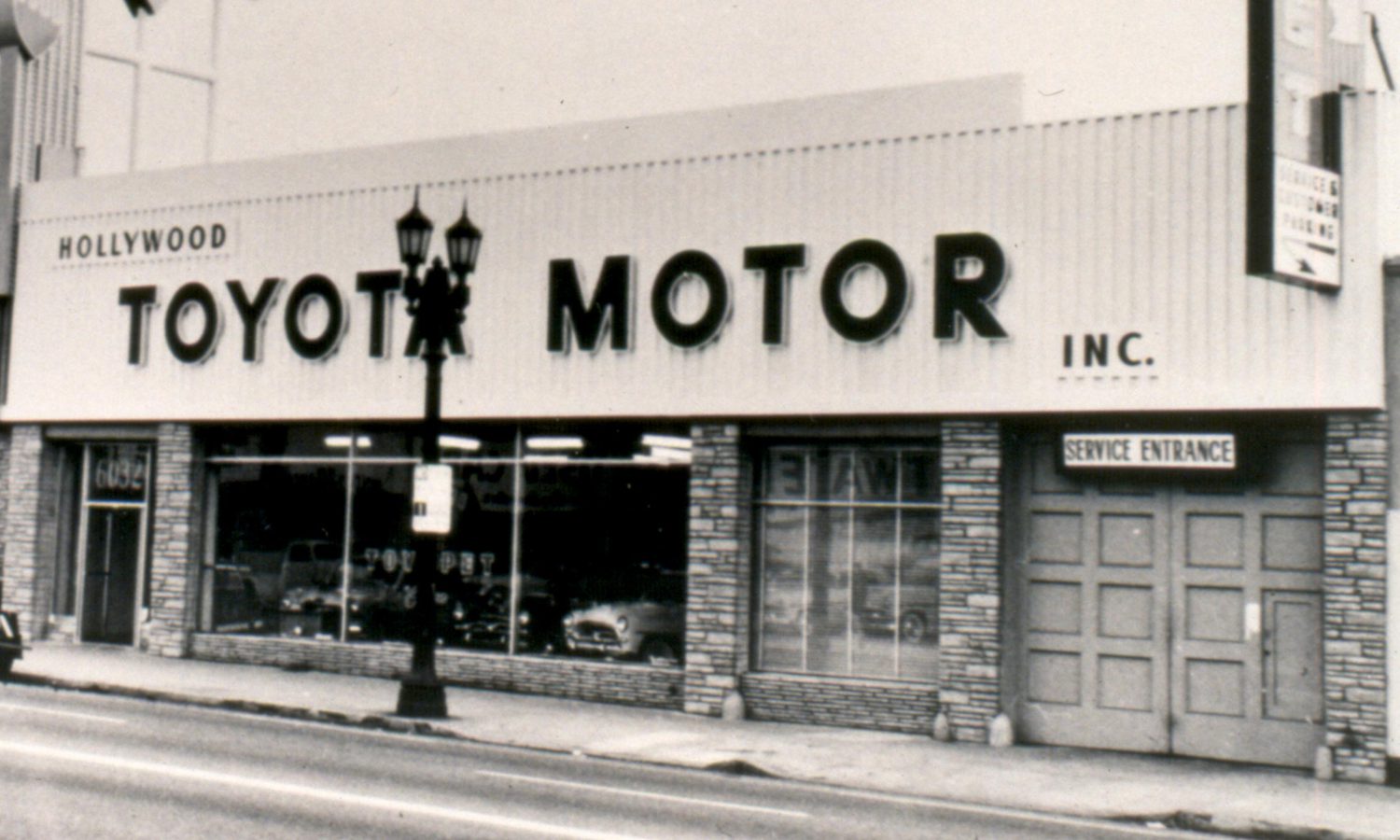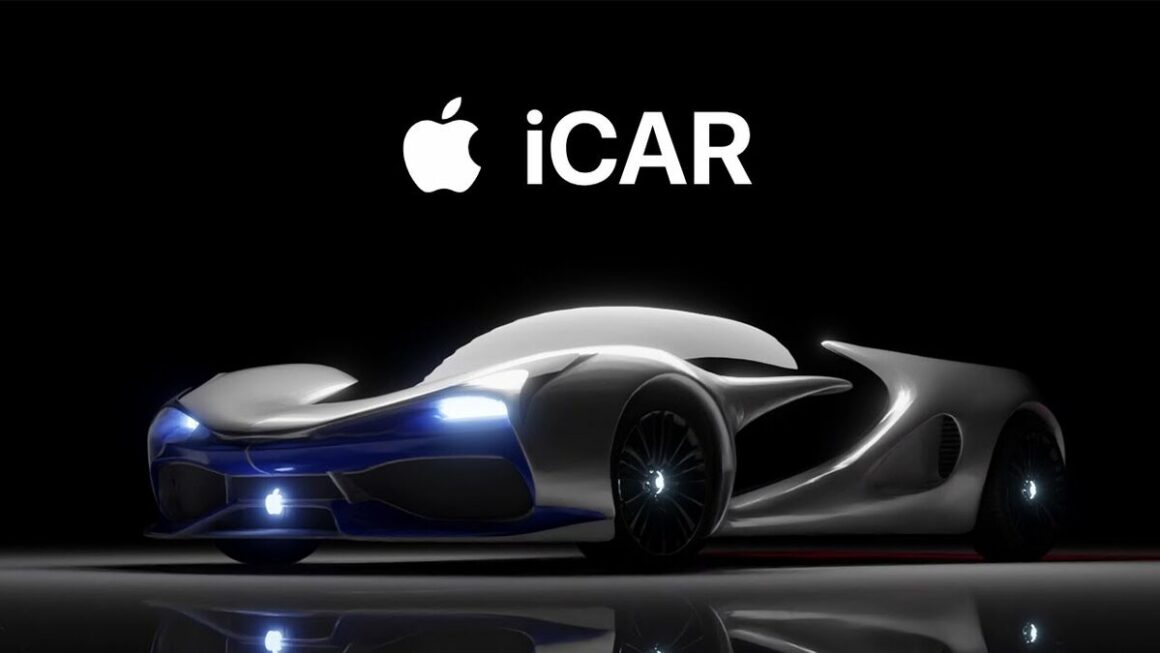Toyota Motor Corporation, headquartered in Toyota, Aichi, Japan, is a global automotive manufacturing corporation that has been rated among the world’s largest manufacturers for numerous years. Prior to 2011, when the Japanese auto-giant was pushed to drop to third place on the worldwide platform, TMC had occupied the prime pedestal for three years in a row. After falling behind General Motors of the United States and Volkswagen of Germany in 2011 due to a series of natural and man-made disasters that disrupted the company’s production and sales operations, Toyota regained its leading ranked status in 2012, which it maintains to this day, leaving all competitors far behind.
Toyota is one of the world’s major automakers, producing over 10 million automobiles every year.
History of Toyota – How did it start and the early days?
Toyoda Kiichiro established the Toyota Motor Corporation in 1933 as a branch of the Toyoda Automatic Loom Works, Ltd. (later Toyota Industries Corporation, now a subsidiary) created by his father, Toyoda Sakichi.
The Model AA sedan, the company’s first production vehicle, was introduced in 1936. The division was formed the next year as the Toyota Motor Company, Ltd., led by Kiichiro. (The company’s name was changed to Toyota, which sounds better in Japanese.) Toyota went on to form other subsidiaries, including Toyoda Machine Works, Ltd. (1941) and Toyota Auto Body, Ltd. (1945).
During World War II —, the business stopped producing passenger automobiles and focused on trucks. Faced with shattered facilities and an unstable economy in the aftermath of World War II, the business did not begin building passenger automobiles until 1947, when the Model SA was introduced.
Coming back to work in 1950s
Toyota’s vehicle production plants were fully operational by the 1950s, and the business began a comprehensive study of American automobile manufacturers to improve competitiveness, owing to perceived US technological and economic supremacy. Toyota officials visited firms’ production facilities, notably Ford Motor Company, to examine the newest vehicle manufacturing technology, which they then applied in their own facilities, delivering a virtually instantaneous boost in efficiency.
Toyota Motor Sales, U.S.A., Inc. was founded in 1957, and the following year the business introduced the Toyopet sedan, its first model to be offered in the United States; it was met with dissatisfaction due to its expensive price and lack of horsepower. The Land Cruiser, a four-wheel-drive utility vehicle introduced in 1958, was a bigger hit. The Toyopet, totally modified for American drivers, was re-released in 1965 as the Toyota Corona, marking the company’s first significant success in the United States.
During the 1960s and 1970s, the company grew rapidly and began exporting a substantial number of vehicles to other markets. Toyota bought Hino Motors, Ltd. (1966), a bus and big truck producer; Nippondenso Company, Ltd., a provider of electrical car components; and Daihitsu Motor Company, Ltd. (1967).
Also Read: Tata Motors – The Most Comprehensive Automaker Of The World
Toyota was Japan’s largest vehicle manufacturer for many decades. The firm thrived in the American market as well, earning a reputation for low-cost, fuel-efficient, and dependable automobiles like as the Corolla, which was introduced in the US in 1968.
Toyota Motor Company amalgamated with Toyota Motor Sales Company, Ltd. in 1982, giving rise to the company’s current name. Toyota joined with General Motors Corporation two years later to establish New United Motor Manufacturing, Inc., a dual-brand manufacturing factory in California where Toyota began U.S. production in 1986.
The Phase of Growth
The firm had tremendous growth well into the twenty-first century, thanks to breakthroughs such as its premium brand, Lexus (1989), and the world’s first mass-produced hybrid-powered car, the Prius (1997).
Toyota was listed on both the London Stock Exchange and the New York Stock Exchange in 1999. With the debut of its Scion brand (2003) and the presentation of the world’s first premium hybrid car, the Lexus RX 400h, the business continues to grow into new areas, notably targeting younger customers (2005).
However, the company later faced significant financial challenges, including plummeting sales as a result of the 2008 global financial crisis, as well as an international safety recall of more than eight million vehicles in 2010, which temporarily halted production and sales of several of its top models. Beginning in 2014, officials in the United States recalled millions of cars manufactured by Toyota and many other automakers due to possibly faulty airbags supplied by the Japanese automotive-parts supplier Takata. According to the National Highway Traffic Safety Administration, the recall was “the biggest and most complicated safety recall in U.S. history.”
Toyota now has assembly plants and distributors in a number of nations. Aside from automobiles, its businesses produce rubber and cork materials, steel, synthetic resins, automated looms, and cotton and woollen items. Others deal in real estate, prefabricated housing units, and raw material import and export.
To read more concepts like this, subscribe to our newsletter



